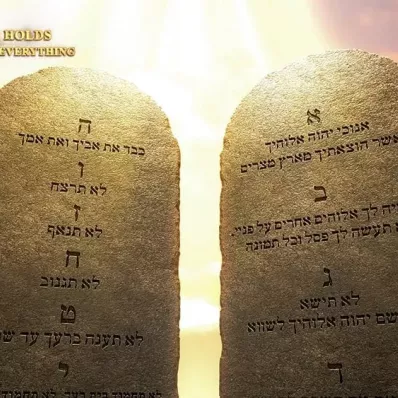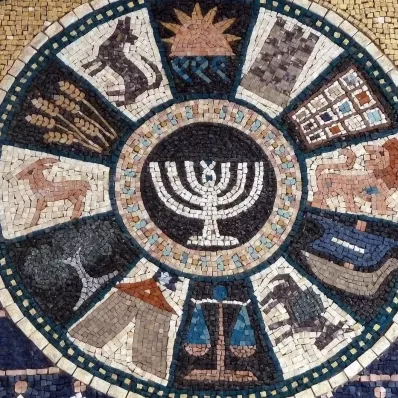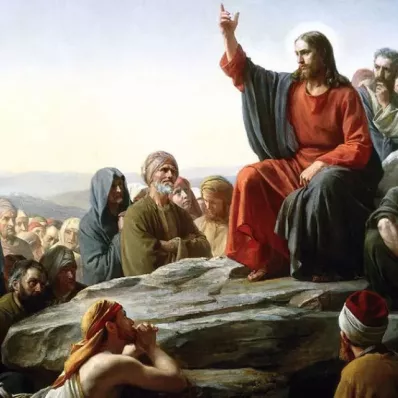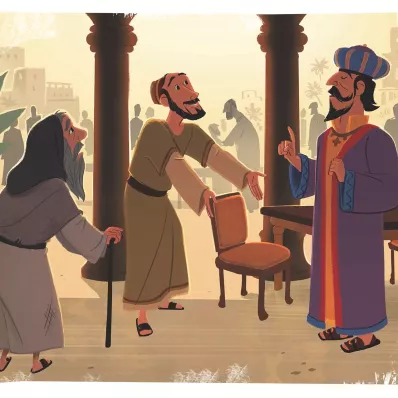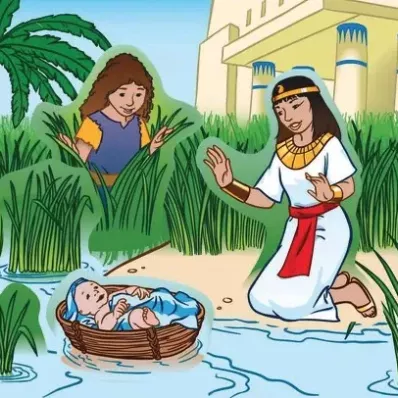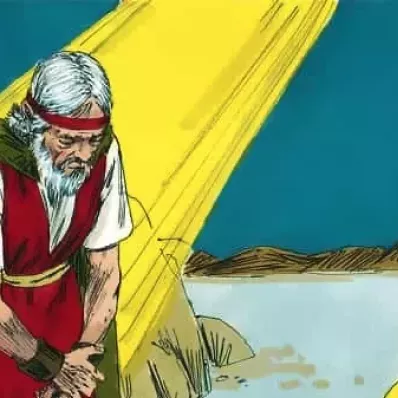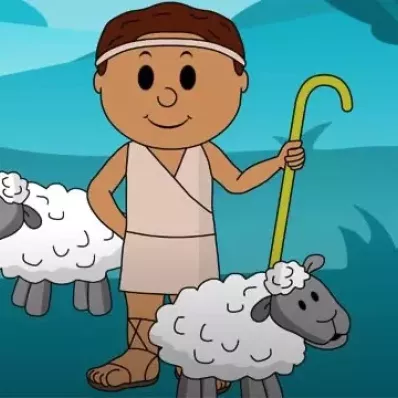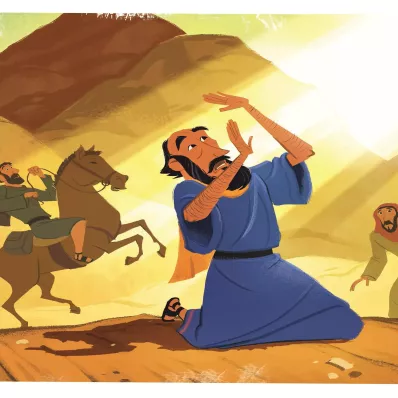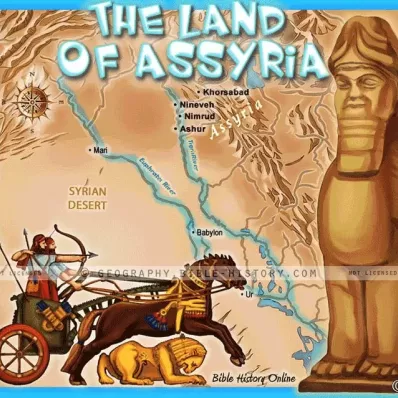Dress
(1.) Materials used. The earliest and simplest an apron of
fig-leaves sewed together (Gen. 3:7); then skins of animals
(3:21). Elijah's dress was probably the skin of a sheep (2 Kings
1:8). The Hebrews were early acquainted with the art of weaving
hair into cloth (Ex. 26:7; 35:6), which formed the sackcloth of
mourners. This was the material of John the Baptist's robe
(Matt. 3:4). Wool was also woven into garments (Lev. 13:47;
Deut. 22:11; Ezek. 34:3; Job 31:20; Prov. 27:26). The Israelites
probably learned the art of weaving linen when they were in
Egypt (1 Chr. 4:21). Fine linen was used in the vestments of the
high priest (Ex. 28:5), as well as by the rich (Gen. 41:42;
Prov. 31:22; Luke 16:19). The use of mixed material, as wool and
flax, was forbidden (Lev. 19:19; Deut. 22:11).
(2.) Colour. The prevailing colour was the natural white of
the material used, which was sometimes rendered purer by the
fuller's art (Ps. 104:1, 2; Isa. 63:3; Mark 9:3). The Hebrews
were acquainted with the art of dyeing (Gen. 37:3, 23). Various
modes of ornamentation were adopted in the process of weaving
(Ex. 28:6; 26:1, 31; 35:25), and by needle-work (Judg. 5:30; Ps.
45:13). Dyed robes were imported from foreign countries,
particularly from Phoenicia (Zeph. 1:8). Purple and scarlet
robes were the marks of the wealthy (Luke 16:19; 2 Sam. 1:24).
(3.) Form. The robes of men and women were not very much
different in form from each other.
(a) The "coat" (kethoneth), of wool, cotton, or linen, was
worn by both sexes. It was a closely-fitting garment, resembling
in use and form our shirt (John 19:23). It was kept close to the
body by a girdle (John 21:7). A person wearing this "coat" alone
was described as naked (1 Sam. 19:24; Isa. 20:2; 2 Kings 6:30;
John 21:7); deprived of it he would be absolutely naked.
(b) A linen cloth or wrapper (sadin) of fine linen, used
somewhat as a night-shirt (Mark 14:51). It is mentioned in Judg.
14:12, 13, and rendered there "sheets."
(c) An upper tunic (meil), longer than the "coat" (1 Sam.
2:19; 24:4; 28:14). In 1 Sam. 28:14 it is the mantle in which
Samuel was enveloped; in 1 Sam. 24:4 it is the "robe" under
which Saul slept. The disciples were forbidden to wear two
"coats" (Matt. 10:10; Luke 9:3).
(d) The usual outer garment consisted of a piece of woollen
cloth like a Scotch plaid, either wrapped round the body or
thrown over the shoulders like a shawl, with the ends hanging
down in front, or it might be thrown over the head so as to
conceal the face (2 Sam. 15:30; Esther 6:12). It was confined to
the waist by a girdle, and the fold formed by the overlapping of
the robe served as a pocket (2 Kings 4:39; Ps. 79:12; Hag. 2:12;
Prov. 17:23; 21:14).
Female dress. The "coat" was common to both sexes (Cant. 5:3).
But peculiar to females were (1) the "veil" or "wimple," a kind
of shawl (Ruth 3:15; rendered "mantle," R.V., Isa. 3:22); (2)
the "mantle," also a species of shawl (Isa. 3:22); (3) a "veil,"
probably a light summer dress (Gen. 24:65); (4) a "stomacher," a
holiday dress (Isa. 3:24). The outer garment terminated in an
ample fringe or border, which concealed the feet (Isa. 47:2;
Jer. 13:22).
The dress of the Persians is described in Dan. 3:21.
The reference to the art of sewing are few, inasmuch as the
garments generally came forth from the loom ready for being
worn, and all that was required in the making of clothes
devolved on the women of a family (Prov. 31:22; Acts 9:39).
Extravagance in dress is referred to in Jer. 4:30; Ezek.
16:10; Zeph. 1:8 (R.V., "foreign apparel"); 1 Tim. 2:9; 1 Pet.
3:3. Rending the robes was expressive of grief (Gen. 37:29, 34),
fear (1 Kings 21:27), indignation (2 Kings 5:7), or despair
(Judg. 11:35; Esther 4:1).
Shaking the garments, or shaking the dust from off them, was a
sign of renunciation (Acts 18:6); wrapping them round the head,
of awe (1 Kings 19:13) or grief (2 Sam. 15:30; casting them off,
of excitement (Acts 22:23); laying hold of them, of supplication
(1 Sam. 15:27). In the case of travelling, the outer garments
were girded up (1 Kings 18:46). They were thrown aside also when
they would impede action (Mark 10:50; John 13:4; Acts 7:58).



